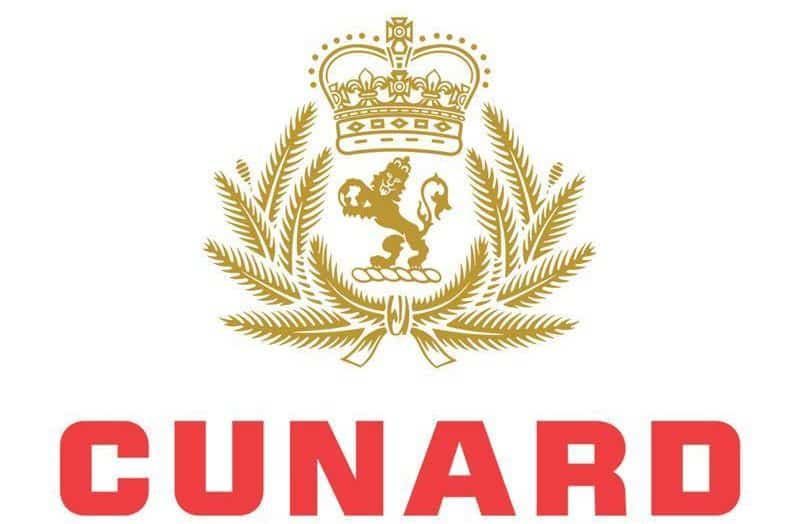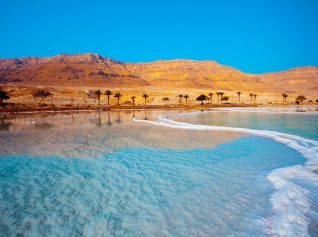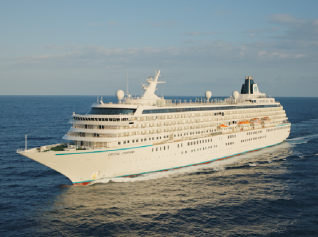Dive the Great Barrier Reef, Queensland, Australia
“So where the bloody hell are you?” Expect a hearty dose of Aussie humour diving the Great Barrier Reef, where divers are asked to take this leisure pursuit very seriously, writes Bec Stuart.
“If you fall overboard, just hold up your credit card and then we’ll stop the boat and come back for you.” The young Australian dive instructor with the ‘flavour-savour’ beard hanging from his bottom lip had the tourists reaching for their wallets as we left Port Douglas. Excellent, I thought to myself, a dive instructor who doubles as a comedian. As most of the passengers were from countries other than Australia, the dry wit of the instructor took a while to digest. “Wave your arms in the air if you want to be picked up. It might not work in the night club, but it will work in the water.” Groans were heard throughout the boat.
A group of friends had decided to maximise our Queensland experience by snorkelling and diving the Great Barrier Reef. “Every year over 1.8 million people dive, or snorkel, on the reef,” said our dive instructor methodically. “There are over 400 species of coral to explore from 10 different coral families. There are also 1,500 different species of fish.” Holding up maps and pictures of coral and fish, he suggested politely which fish and species of coral to watch for.
Australia’s Great Barrier Reef is, amazingly, the largest living thing in the world. The 2,300km stretch of reef starts at Bundaberg and climbs all the way up to the top of Cape York. The reef originated in Indonesia over 10 million years ago and has a total area of roughly 347,800 sq.-km, equivalent to the land-mass of New Zealand. One of the most interesting facts I picked up from the dive brief was that there are approximately 2,900 individual reef systems coexisting on the reef at any one time, only some of which have reached their full maturity. It’s no wonder scientists encourage visitors to dive as a means of monitoring changes in the reef.
In 1998, sadly, the world’s coral reefs were threatened by the phenomenon of coral bleaching. When, in 2002, the Great Barrier Reef had a second wave of bleaching, the Australian authorities decided to allow a greater number of divers on the reefs to help with data collection. The idea was that divers can report back daily about an area larger than that which can be covered by a team of scientists in the same timeframe. This plan was followed by a strict environmental tourism management policy.
By Bec Stuart
Courtesy of www.lifestyleandtravel.com
 United Kingdom
United Kingdom United States
United States Asia Pacific
Asia Pacific












































Dozens fall ill in P&O Cruises ship outbreak
Turkish Airlines flight in emergency landing after pilot dies
Boy falls to death on cruise ship
Unexpected wave rocks cruise ship
Woman dies after going overboard in English Channel